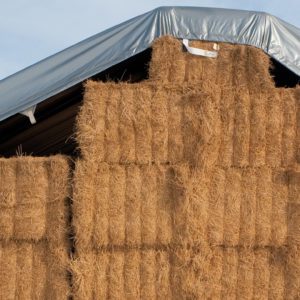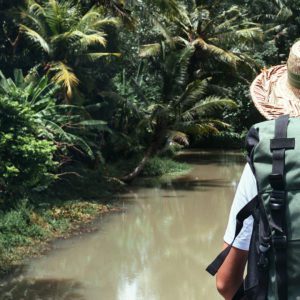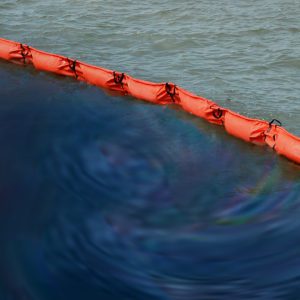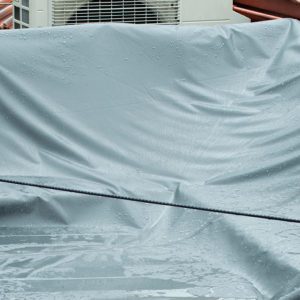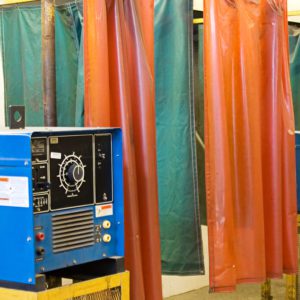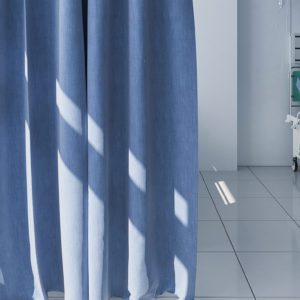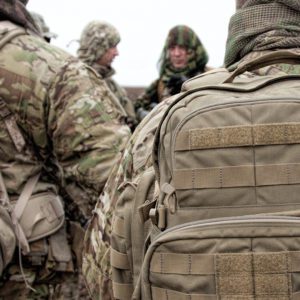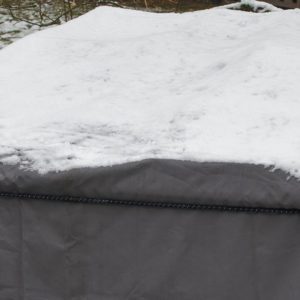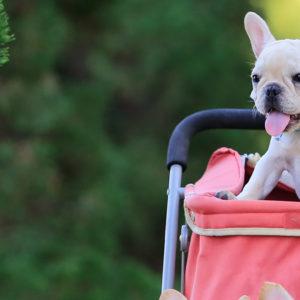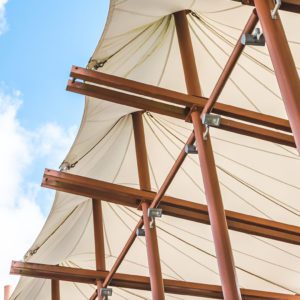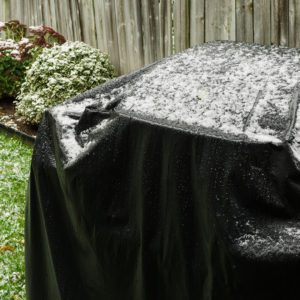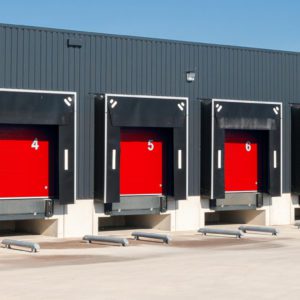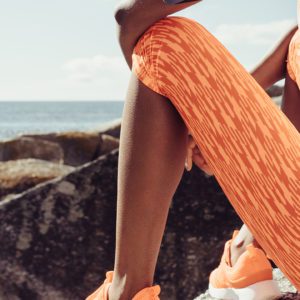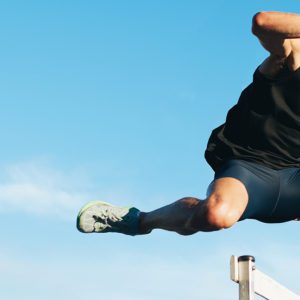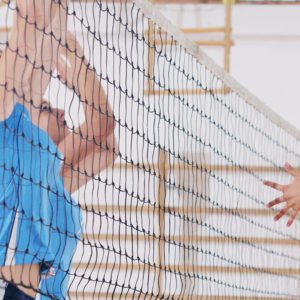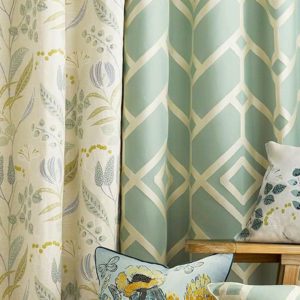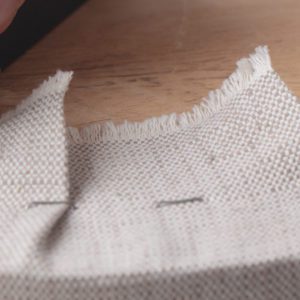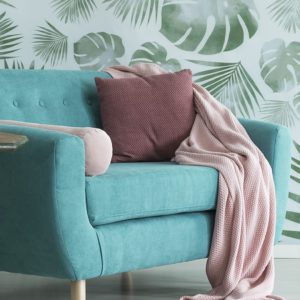What is Pad Dyeing?
Pad dyeing is a widely used method in textile manufacturing for applying solid colors to fabric quickly and consistently. Fabric is passed through a dye solution and squeezed between rollers to ensure even dye distribution. The dye is then fixed using heat, steam, or chemicals, followed by drying and washing to remove any excess dye. Pad dyeing is a good dyeing method for both woven and knitted fabrics and works with several dye types, including reactive, disperse, vat, and direct dyes. Cold Pad Batch dyeing works with natural fibers and is an eco-friendly method where the dye is cured at room temperature.
How Does Pad Dyeing Work?
The basic idea behind pad dyeing is simple: fabric is passed through a dye solution and then squeezed between two rollers. These rollers press the dye into the fabric while removing the excess liquid. After that, the fabric moves on to fixation, where the dye is set using heat, steam, or chemicals, depending on the type of dye. The final steps are drying and washing off any unfixed dye.
This setup runs continuously, which makes it perfect for large-scale production that requires consistent and uniform color. Hot pad dyeing can offer better color and water fastness properties when properly fixed, than beam or jig dyeing.
Typical Pad Dyeing Process Flow
Fabric Preparation: Before dyeing, the fabric needs to be clean. That usually means desizing, scouring, and sometimes bleaching to remove any residues that could affect dye uptake.
Padding: The fabric goes through a dye bath and then through the rollers, which apply pressure to ensure even dye distribution. How much dye stays on the fabric (called “wet pickup”) is usually controlled around 60–80%.
Fixation: This step locks the dye into the fiber. The method depends on the dye type:
- Heat for disperse dyes
- Steam for reactive or vat dyes
- Chemical fixation (usually alkaline conditions) for reactive dyes
Drying: The fabric is dried using hot air or infrared dryers.
Washing Off: Any unfixed dye is removed, which helps improve wash fastness and prevent staining during use.
Which Dyes Work with Pad Dyeing?
Pad dyeing is versatile and can be used with several types of dyes:
- Reactive dyes: Used mostly on cotton and other cellulosic fibers. These form strong chemical bonds with the fiber and offer excellent durability.
- Disperse dyes: Best for synthetic fibers like polyester. These require heat to fix properly.
- Vat dyes: Require a reducing agent to become soluble for dyeing, then are re-oxidized to become colorfast. Commonly used on cellulosic fibers.
- Direct dyes: Easier to apply but not as strong in wash fastness as the others. Commonly used on cellulosic fibers.
What are the Different Types of Pad Dyeing?
There are several variations of pad dyeing, depending on different needs.
- Continuous Pad Dyeing: The fabric moves continuously through the dye bath and fixation unit, ideal for high-volume production.
- Semi-Continuous Pad-Batch Dyeing: The fabric is padded with dye, batched (often rolled and stored), and then washed after fixation. This is common for reactive dyes on cotton, where the fabric is stored for several hours to allow the dye to react at room temperature (cold pad-batch dyeing).
- Cold Pad-Batch Dyeing (CPB): Cold Pad-Batch Dyeing (CPB) is a variation of pad dyeing used mainly for cotton and other cellulosic fabrics. The main difference is that, after applying the dye, the fabric is rolled up and left to react at room temperature, so no heat is needed. This method uses reactive dyes and is known for being energy-efficient and environmentally friendly, reducing water, chemical, and salt use. Because it is done in large, continuous rolls, it can achieve very consistent color throughout the entire fabric batch.
What is Cold Pad-Batch Dyeing?
Cold Pad-Batch Dyeing (CPB) is a variation of pad dyeing used mainly for cotton and other cellulosic fabrics. The main difference is that, after applying the dye, the fabric is rolled up and left to react at room temperature, so no heat is needed. This method uses reactive dyes and is known for being energy-efficient and environmentally friendly, reducing water, chemical, and salt use. Because it is done in large, continuous rolls, it can achieve very consistent color throughout the entire fabric batch.
Key Points of Cold Pad-Batch Dyeing
- No Heat Needed: Unlike other pad dyeing methods, CPB doesn’t require heat for fixation, making it more energy-efficient.
- Eco Friendly: The process uses less water, energy, and chemicals, and eliminates the need for salt—making it a more sustainable choice.
- Best for Solid Shades: CPB is ideal for solid, even coloration on cotton fabrics.
- Longer Processing Time: The batching step can take several hours, which is slower than continuous methods.
What are the Advantages and Disadvantages of Pad Dyeing?
Like any dyeing method, pad dyeing is excellent for some applications and less desirable for others.
Advantages of pad dyeing include:
- Efficient for long runs: Once set up, the process can run continuously and handle large volumes with minimal interruption.
- Consistent results: The roller pressure ensures the dye is applied evenly across the fabric.
- Less water and energy: Compared to batch dyeing, it’s relatively resource-efficient.
- Works across many fiber types: It’s compatible with different fabric constructions and dye chemistries.
Disadvantages of pad dyeing include:
- High startup cost: The equipment isn’t cheap, which can be a barrier for small operations.
- Limited to solid colors: This method doesn’t work for prints or multicolor effects.
- Sensitive to settings: Things like pressure, dye concentration, and pH need to be tightly controlled to avoid shade inconsistencies.
- Risk of fabric damage: If the fabric creases or folds during padding or drying, those marks can become permanent.
